


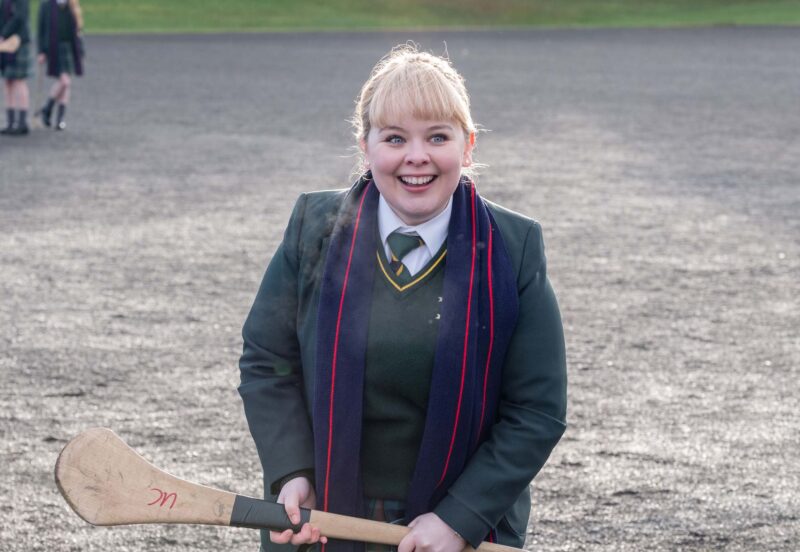
This blog contains spoilers for Derry Girls, Killing Eve and a few older programmes!
The night of the first Derry Girls finale episode, I received a text from Rach:
Have you seen Derry Girls yet?
Tired from a day of swimming and cycling (the joys of being on holiday), I turned to Twitter before replying – doing a casual scroll of the Derry Girls tag because I have a terrible habit of spoiling television for myself. Two key words kept jumping out to me: funeral and Claire. I panicked. Texted Rach back: No, but I think I just saw a spoiler, and if it’s what I think it is, I will KICK OFF.
Breathe safely, pals – Claire does not die in Derry Girls. But it’s telling that as soon as a television programme has an LGBTQ+ character and there is any suggestion of drama, I assume that I’m going to have to brace myself for yet another traumatic character death.
What makes this phenomenon more disappointing – the weird rush of anxiety that comes calling on the regular – is that I incorrectly assumed things were getting better for LGBTQ+ representation in media for a while. Then we hit 2022, and the Killing Eve finale reminded me that pointless killing is still very much on the cards, and as usual, happy endings are not possible if you are queer. Thanks, BBC.
The killing of LGBTQ+ characters on tv was super popular back in the day. The Bury Your Gays trope has been around long before our generation, as showcased in Autostraddle’s exhaustive list of Lesbian and bisexual characters killed on television, beginning in 1976. The trope occurs when an LGBTQ+ character has consummated a relationship or been too happy, presenting LGBTQ+ characters as more expendable than their heterosexual associates. Often, the character will be graphically killed by a man while their girlfriend watches, to build drama with little relevance to the narrative.
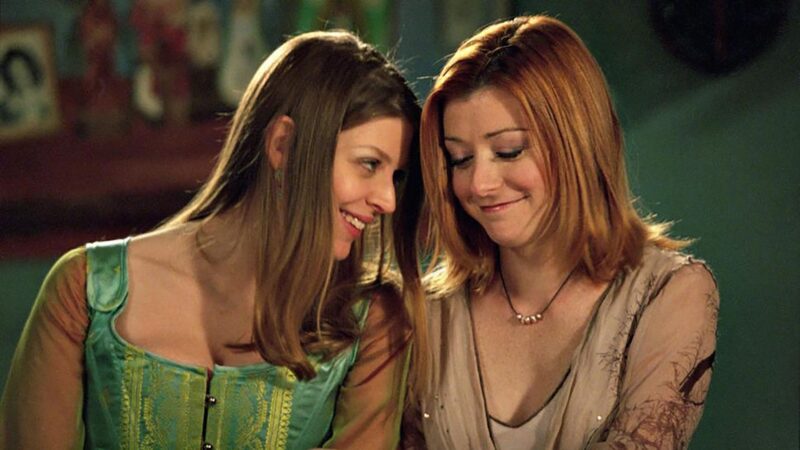
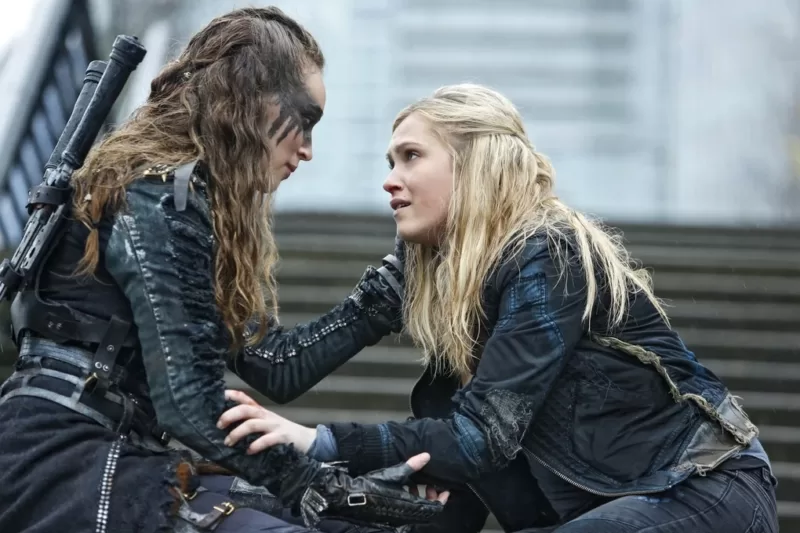
When reflecting on this in the Art with Heart studio, it took us only a few minutes to think of several examples: Willow from Buffy, killed by a stray bullet. Maddie and Rana from Corrie. Kate from Last Tango in Halifax, after finally finding happiness with Caroline. Poussey Washington from Orange is the New Black, whose death helped raise awareness for a number of imporatant issues, but felt even more painful as there is such a lack of representation of non-white LGBTQIA+ characters.
These pointless deaths plagued my early queer years (which were already pretty fraught being from a Christian household). The only example I saw of a happy ending for queer characters was Santana and Brittany on Glee (I could write a thousand blogs about my love for that relationship.)
In 2016, the trope, which looked set to continue forever, hit a bump in the homophobic road when in The 100, the character Lexa was killed, having just slept with her love interest, Clarke. Like Tara in Buffy, the character is hit by a stray bullet. It was tactless, left little character consistency and induced a level of trauma that left audiences reeling.
For the first time, people decided to do something about it. The killing of Lexa left people up in arms on social media platforms such as Tumblr and Twitter, with audiences banding together to create petitions and rise against the ruthless killing of queer characters for no reason. #LexaDeservedBetter and #LGBTFansDeserveBetter trended.
Maybelline and Target shifted their adverts from the show. By July 2016, over $126,000 had been raised for the Trevor Project in memory of the character. The Lexa Pledge was created, inviting screenwriters and producers to give more consideration to the emotional and cultural impact of LGBTQ+ characters. It was an exciting time, and the cultural impact continues with the festival ClexaCon running each year.
Since then, we’ve seen improved LGBTQ+ representation on television generally. The show Sex Education is one particular joy. Instead of the entire community being condensed into a single two-dimensional character, gender and sexuality exist on a spectrum amongst most of the cast – just like they do in real life.
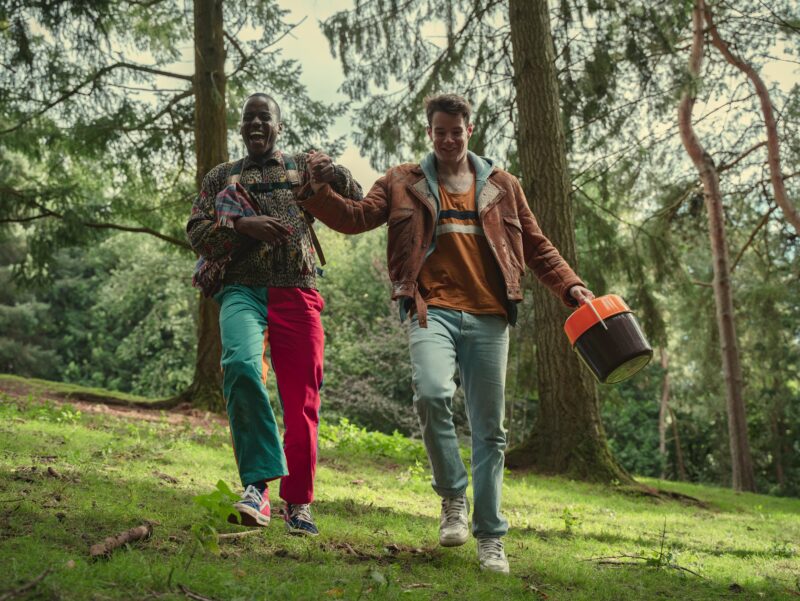
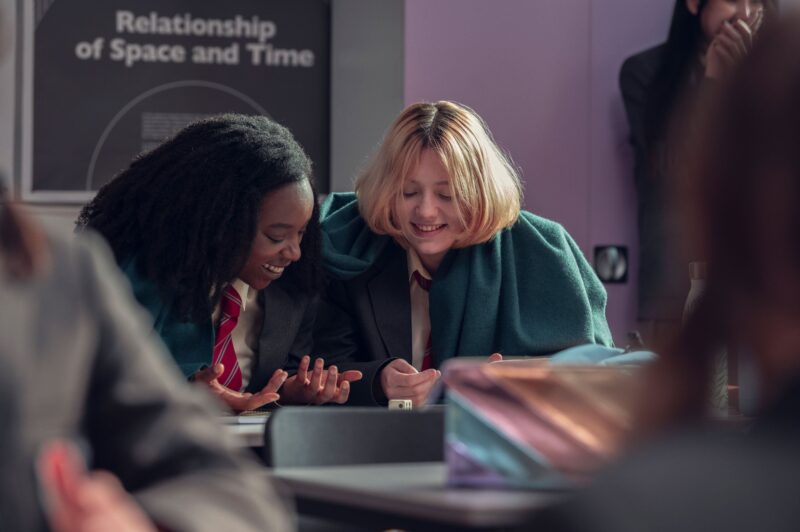
Schitt’s Creek’s romance between David and Patrick was one of kindness and love, with no angst – creating a couple that audiences rooted for without worrying there would be a dramatic upset.
Then there’s Heartstopper, the most gentle and kind representation of the LGBTQ+ community I’ve ever seen – to a point where it was painful in its own way (I did a lot of crying watching that programme). So, it seems a shame that, given the progression of several shows, we should have to stumble back in time with Killing Eve. And the thing is, the Killing Your Gays trope is just the tip of the iceberg. Proportionally, my experience of watching TV only marginally represents what it’s like to be LGBTQ+ and recognising yourself in the media.
Representation continues to be problematic in particular for Trans and non-binary people, as documented in the 2020 documentary Disclosure. With large media conglomerates like Netflix continuing to programme transphobic comedy specials, it feels like we’re taking steps backwards and not progressing LGBTQ+ rights and representation as we ought to.
Above anything else, I would like for a day when I can turn on a programme with some lovely LGBTQ+ characters and not spend the entire time feeling worried that I’m about to see them being destroyed in a terrible way for existing. I want my queer friends to text me feeling excited about whatever they’re watching instead of giving me a heads up that I’m about to see something triggering for no reason. In a world that’s already difficult enough to navigate, please give us some more nice tv.
Meg Holland is Associate Producer at Art with Heart. She’s currently writing an Arts Council DYCP funded book on LGBTQ+ grief and creating queer grieving spaces.
